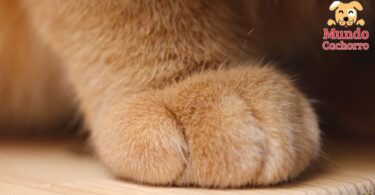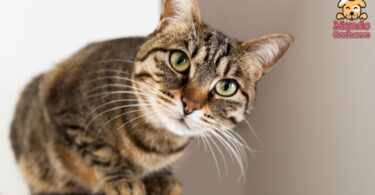The ability of cats to land on their feet has intrigued observers for centuries. From the ancient Egyptians to modern scientists, the question of why cats land on their feet has been answered in a variety of ways. This unique ability of felines has generated numerous theories and studies. In this article, we will explore the reasons behind this phenomenon.
Indice
Reasons why cats land on their feet
Cats are famous for their agility and grace, and one of the most impressive demonstrations of these skills is their ability to flip in the air and land on their paws. In fact, cats land on their feet even after falls from significant heights. This behavior is known as “cat straightening” and has puzzled observers for centuries.
It should be known that physics plays a crucial role in the ability of cats to land on their feet. When a cat falls, its body automatically enters into a rotation process to correct its position in the air. This process is called “angular rotation” and is governed by the conservation of angular momentum.
To understand it better, let’s imagine a cat falling from a height. In the first moments of the fall, the cat extends its limbs and arches its back. This movement enlarges their body surface and increases air resistance, which slows their fall speed. At the same time, the cat begins to rotate its body in the opposite direction of the fall in order to conserve its total angular momentum.
Flexibility and body structure
The unique body structure of cats also contributes to their ability to land on their feet. Their flexible spine and movable joints allow them to rotate and adjust their position in the air with great speed and precision. In addition, their vestibular system, located in the inner ear, provides them with an exceptional sense of balance, which helps them orient themselves while falling.
Once the cat has corrected its position in the air, it uses its paws to absorb the impact of the landing. Your muscles, tendons and joints are adapted to cushion the force of impact, minimizing the risk of injury.
In addition, the ability of cats to land on their feet has also been shaped over millions of years of evolution. The ancestors of domestic cats lived in arboreal environments, where the ability to land on their feet was crucial for avoiding predators and hunting prey. This skill has been passed down through the generations and remains a fundamental part of feline behavior today.
In addition, kittens begin to develop this skill from an early age through play and exploration. Games such as tail chasing or jumping from small heights help kittens to perfect their motor coordination and their ability to orient themselves in the air.
Cat feat
In summary, the ability of cats to always land on their feet is the result of a combination of physical, biomechanical and evolutionary factors. Their agility, flexibility and unique body structure allow them to perform this amazing feat with precision and grace. Although this behavior may seem magical, it is rooted in physics and biology, reminding us once again of the extraordinary adaptability of these fascinating felines.
Image courtesy of https://pixabay.com, all rights reserved.







